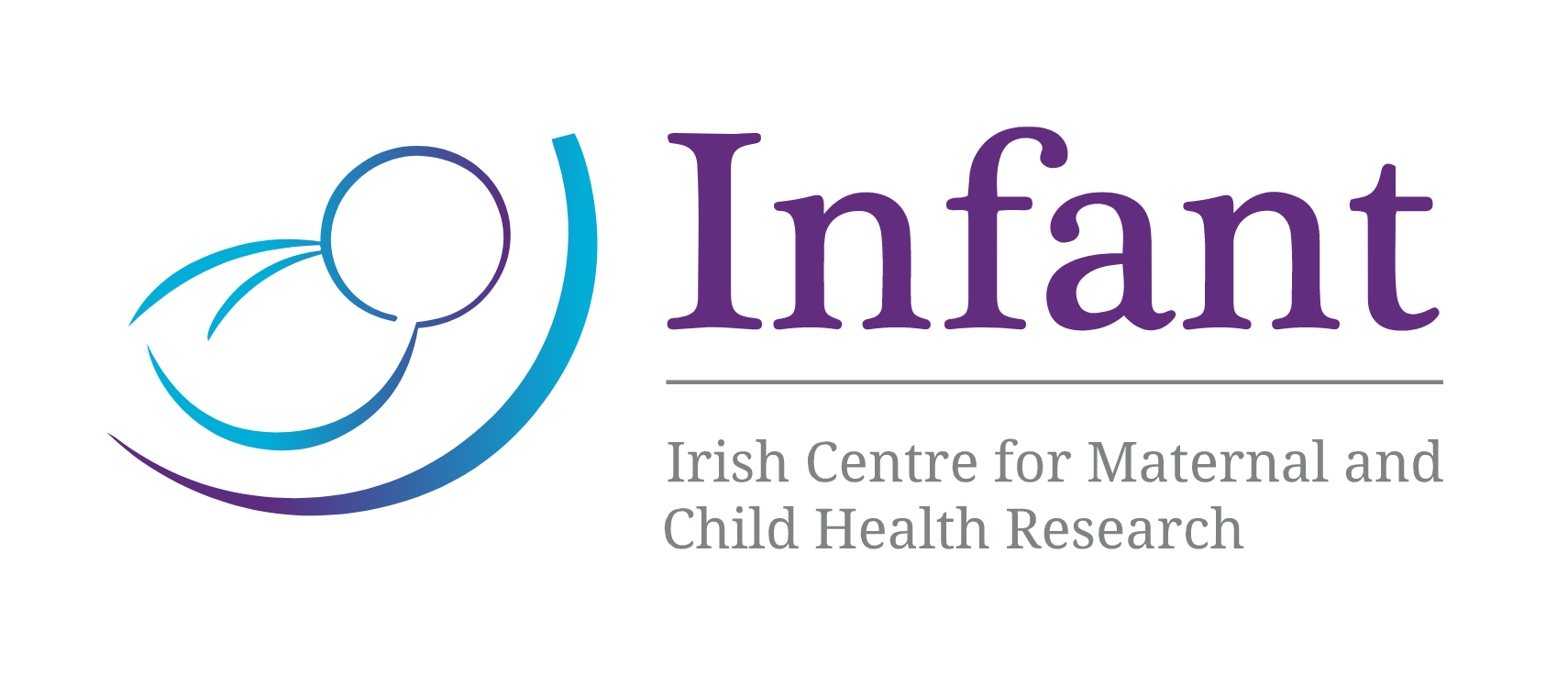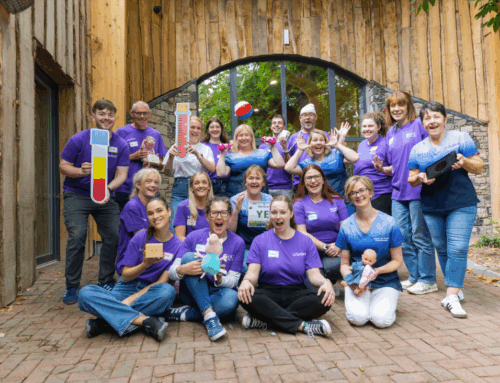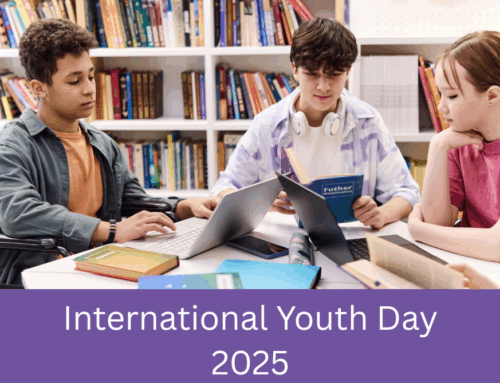A graduate of the Universitat Autònoma de Barcelona, INFANT PhD candidate, Tamara Escañuela Sánchez came to University College Cork to study under Professor Keelin O’Donoghue and develop a behaviour change intervention model that will raise awareness of and reduce the risk factors associated with stillbirth in Ireland.
Tamara’s multidisciplinary supervisory team is composed by Dr. Karen Matvienko-Sikar from the School of Public Health in UCC; Dr. Sarah Meaney, from the National Perinatal Epidemiology Centre; Professor Molly Byrne lead of the Health Behaviour Change Research Group, School of Psychology at NUI Galway and Professor Keelin O’Donoghue lead of the Pregnancy Loss Research Group at Cork University Maternity Hospital.
Funded by Science Foundation Ireland, Tamara’s research, titled The Relevant Study, examines the risk factors connected with stillbirth and ill health in babies such as substance abuse, sleep position, weight management and engagement with antenatal care.
Ultimately, Tamara hopes that her study might one day lead to the introduction of an initiative, similar to the Saving Babies’ Lives Care Bundle introduced by the NHS in the UK, that targets the modifiable risk factors for stillbirth in Ireland.
I have been looking at various studies that examine the different risk factors associated with still births.
The factors that I’m focussing on are substance abuse, sleep position, weight management and engagement with antenatal care services.
Changing behaviours associated with those factors could have a very real impact for women and their children.
My research looks at ways in which we might change those behaviours, the idea would be that we’d eventually create a care bundle like they have in the UK and Australia.
As part of her study, Tamara also reviewed pregnancy-related websites to assess the reliability of information connecting risk factors to stillbirths or ill health in babies.
Her findings, published in the Journal of Communication in Healthcare, highlighted the scarcity of information online and the need for greater communication so that women can identify the risk factors associated with stillbirths.
We looked at pregnancy related websites in the UK and Ireland and found that only one contained information relevant to the risk factors connected with stillbirths.
We also found that websites hosted by charities were more likely to contain basic information related to stillbirth, whereas commercial sites were more likely to contain information about modifiable risk factors.
It really illustrated the need for reliable sources of information so that women can make informed decisions.
As Tamara comes to the end of her study, she hopes to conclude her PhD research by summarising the challenges facing women who are looking to access relevant information on the risk factors associated with stillbirth.
By developing a list of recommendations, she also hopes that future researchers will be able to build on her study and develop a pilot intervention strategy that allows health authorities to target behaviours that contribute to stillbirth.





